Summarized key points of the video:
You can buy a food scale at your local Costco/Target, etc. or you can buy one from Amazon like this one here if needed.
– Try to weigh everything as much as possible. Using measuring cups/spoons can result in inaccurate data compared to the actual serving size. Does it really matter? It may. It can result in 200-300 calories that you are unaware of. Such as when trying to measure a TBSP of peanut butter. When in doubt, weigh it out.
– Quick tip: when trying to get something out of a jar such as peanut butter, put the jar on top of the scale. Zero the scale-out so it shows “0” with the jar open on top of the scale. This way, you can easily spoon out/pour/whatever you want!
– When trying to find out the raw weight of your food when it is cooked, use this equation: Cooked weight / Raw weight = percentage of weight loss due to water Take that number and multiply it by how many raw ounces/grams you want. For example: If your cooked chicken breasts were 17.7 ounces and your raw chicken breasts were 21.2 ounces, you would do this: 17.7 / 21.2 = .83
To find 6 ounces of raw meat compared to cooked you would do this: 6 * .83 = 5.01
So 5.01 ounces of cooked chicken breast equals 6 ounces of raw chicken breast. You would enter in 6 ounces of raw chicken breast in your MyFitnessPal (or whatever tracker you may be using) but only take 5 ounces of cooked chicken to eat.
Lastly, remember that weighing your food doesn’t have to be perfect. We are striving to be consistent. It doesn’t matter if you are off by a gram or half an ounce. What matters is that we are consistent with our weighing methods and our food choices so we can determine what our next steps are.
Don’t stress too much about it. We are using this to build awareness of what foods look like. As you weigh each item, please look at it to get a good visual of what portion sizes look like. This will significantly help you throughout your journey! As usual, please feel free to leave any comments with any questions!
Thanks,
Shawn
